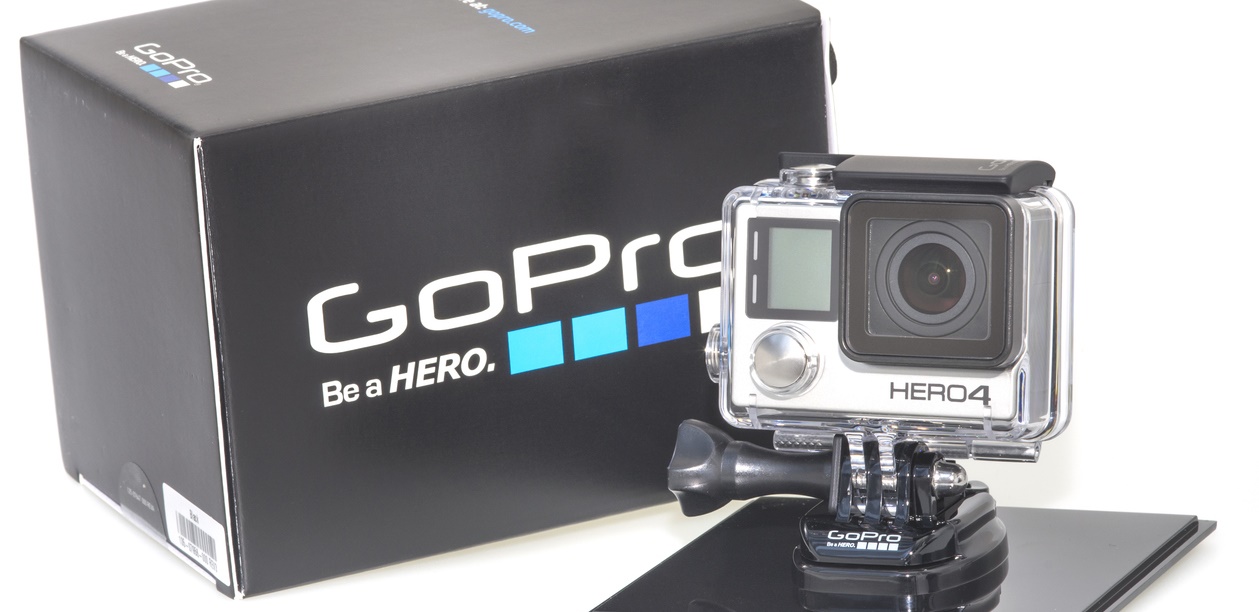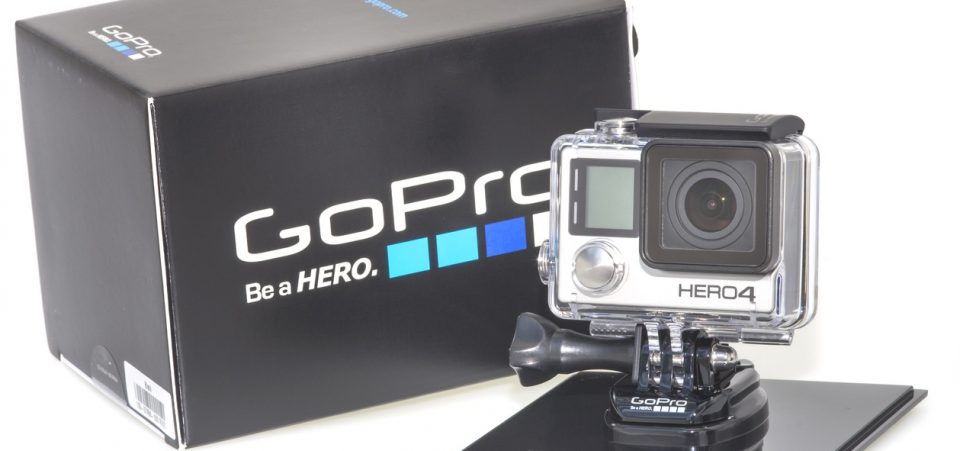GoPro Stock Not Even Suitable for Permanent Portfolio Investors
GoPro Inc (NASDAQ:GPRO) has lost some 87% of its value on Wall Street in the past two years. Let that sink in for a moment. GoPro stock was one of the hottest stocks in the NASDAQ. But, just as quickly as it doubled in 2014 after its initial public offering (IPO), it has collapsed in 2016.
Even if you subscribe to Harry Browne’s “permanent portfolio” concept (an equal split of gold, stocks, bonds and cash), GoPro stock might not make the cut.
The logic for using a permanent portfolio is to protect your wealth in any economic climate. GoPro stock will have tested that logic to the limit this year. GoPro stock is now trading at $9.63; that’s almost 47% lower than at the start of 2016. Could 2017 and its new “Karma” drone restore some of GoPro’s market value? The crucial word is “some.” Unless it pulls out a miracle, chances of GPRO stock returning to the fall 2014 heydays are fanciful at best.
Permanent portfolio investors are conservative, but not greedy. They can accept a mild return. What they don’t like is excessive volatility. Granted, GPRO stock has dropped to its lowest levels, but there’s little to suggest that it will recover in 2017.
While not its highest, GPRO stock’s price was over twice as high a year ago. The prospects for a recovery beyond the $20.00 mark are unlikely. The best that can be hoped for now is that GPRO not sink much deeper now.
GoPro’s Effort: Too Little, Too Late?
Indeed, to avoid sinking further, GoPro has acted. The manufacturer of mini-cameras has launched a restructuring plan. The company will eliminate approximately 200 full-time positions, shutting down its “Entertainment” division. GoPro wanted to use that division to produce original content. (Source: “GoPro cuts 15 percent of jobs to restructure struggling camera business,” The Verge, November 30, 2016.)
The job cuts also affect Tony Bates, GoPro’s president and former Skype Global SARL executive. GoPro assures that consumer demand for GoPro’s cameras is solid. GoPro CEO Nick Woodman stated that the company would restore growth and profitability in 2017. (Source: Ibid).
Altogether, the cuts should save GoPro $650.0 million for the whole of next year. After a two percent rally, GPRO fell back, suggesting the market needed to see either a bigger slash of costs, or new products.

Credits: Flickr.com/NiStyProd
GoPro mini-cameras had been popularized by extreme sports enthusiasts. They also seduced teenagers and young adults wanting to share videos on “YouTube” and social networks. But the company seems to be struggling to expand its audience; investors began to worry seriously last year about its growth prospects and possible saturation of the market.
Still, the availability of ever more sophisticated cameras on smartphones makes GoPro’s admittedly excellent products redundant. Some smartphones are even becoming water-resistant.
The reason that the cuts have not thrilled shareholders is that GoPro had cut seven percent of its staff at the start of 2016. In September, GoPro was obliged to recall 2,500 units of its brand-new Karma drone, a long-awaited earnings booster.
GoPro says customers have liked the “Hero5” cameras, but that might not be enough to boost GoPro in the short term. Perhaps GoPro might become an appetizing takeover target, especially as social media players expand into the hardware side of the tech sector. But that is mere speculation for now.






